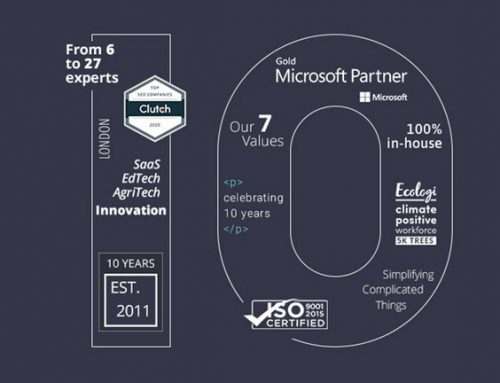Would you agree to building a house without any plans? Would you be happy paying for everything but leaving all the design and decisions entirely to a builder who hardly knows you and is never going to live in it? If you did, costs could spiral and you’d be the architect of your own downfall.
There are plenty of web design and software engineering agencies out there who are either deliberately vague or not willing to invest the time and effort into specifying and costing up a project accurately. That’s why quotes vary wildly and final costs often bear no resemblance to the initial quote.
No shocks. No stings. No excuses.
We’re future-thinking at AVAMAE in London. We know that by speccing web projects and software solutions accurately and realistically, with the user’s needs and experience always front of mind, we protect our clients from unexpected costs, delays from unplanned requirements and breakdowns in client agency relationships. All the stuff clients like.
Investing time and energy upfront in the detail, particularly when planning and specifying, enables us to give a genuine fixed price quote that holds up. Everything is costed. Every hour calculated. Every i dotted and t crossed. Our clients always know where they are with us, the project and the cost. Expectations are met and exceeded. Promises are delivered.
We can do this because we take the time to understand your and the end user’s true requirements and quote accordingly. But how do we do this?
We believe that the end user is the person best qualified to ensure that they’re entirely comfortable with the software or website we build. That’s why before we build anything, we create watertight specifications that are based on insightful comprehensive user stories.
Does, not is.
User stories are a key part of our agile approach to planning and are designed to interpret and instill what an app will do for the user, rather than simply describing how it will be presented. They’re collaborative in their creation, written in close consultation with the client. They’re short. They’re simple. They’re always from the users’ perspective.
To ensure these are always user-focused, we follow a simple, yet effective template:
As a___ I want to___so that___
Here’s an example of how it might work: ‘As a customer, I want to browse products by categories, so that it’s easy to find what I am looking for.’ Suddenly it makes sense.
What we also like about user stories is that they enable us to organically develop features and software solutions that allow the user to arrive at the end deliverable in a more natural way. In effect, customers help us to correctly develop how functionality is displayed and developed over time.
Multiple user stories, for every type of site, app or software user, ensure that every feature is relevant, nothing is forgotten or superfluous.
Security. Clarity. Accountability.
Be a client for a moment and consider how we at AVAMAE work. All that extra time we invest up front in following user stories, documenting and quoting accurately gives massive payback in project security and clarity.
You’re not left holding an unusable site, app or software. Users are elated, not frustrated. You’re simply glad that you did it right and signed off knowing precisely what you were agreeing to.
Your yardstick
Finally, user stories also act as a clear reference for testing and sign-off throughout a digital project. They’re a measurement and a narrative that can be followed, referred back to and be held accountable to. After all, how can you sign-off on something if you don’t know what you’re agreeing to?
Let’s talk
You’ve got this far. We’re obviously resonating. Email teresa.mccahill@avamae.co.uk or call +44 (0) 20 7509 6932.



